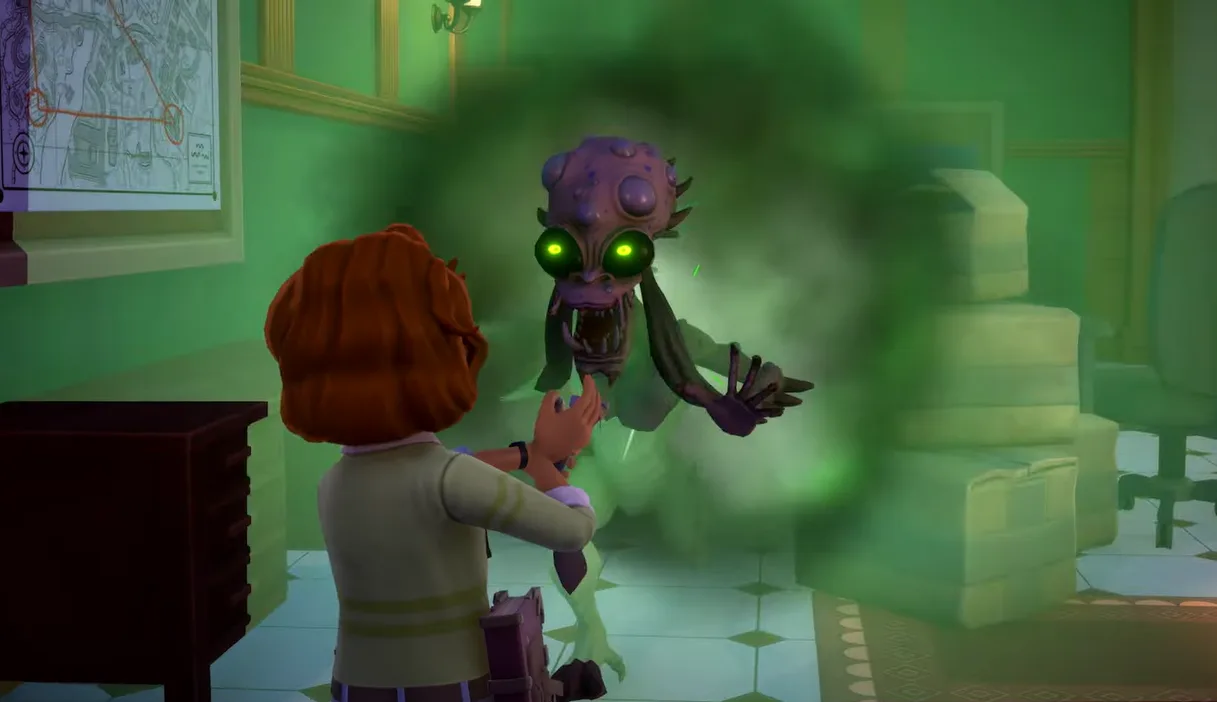“A gentle horror adventure that blends puzzles, stealth, and mystery in a kid‑friendly yet atmospheric package.”
Goosebumps: Terror in Little Creek brings the charm and creepiness of R.L. Stine’s iconic books to Xbox. The game blends exploration, light puzzles, and stealth mechanics to craft a spooky, engaging experience that’s suitable for younger audiences and casual players alike. While it doesn’t push boundaries in horror or gameplay, it successfully captures the eerie, curiosity-driven thrills that have made Goosebumps such a beloved franchise for decades.
Step Into Little Creek
Players assume the role of Sloane Spencer, a brave teenager investigating a series of strange events in her hometown, Little Creek. After a surge of mysterious disappearances and unexplained sightings, the town has been placed under curfew. But Sloane, curious and courageous, decides to venture out with friends to uncover the truth.
The game’s story isn’t meant to terrify but to build tension and intrigue. Each area of the town — from foggy streets and abandoned theaters to creaky libraries and shadowy back alleys — contributes to a sense of place. The town gradually opens up as you progress, unlocking shortcuts, hidden passageways, and areas that were previously inaccessible. This design rewards exploration, encouraging players to examine every corner for clues and secrets.
The narrative is lightweight yet effective. It doesn’t focus heavily on character depth or intricate plot twists, but it does offer multiple endings based on your choices, giving a sense of agency and replayability. Fans of the Goosebumps books will recognise the familiar tone: a mix of suspense, curiosity, and playful spookiness.

Gameplay Mechanics
Exploration and Investigation
Exploration is central to the experience. Little Creek is designed to feel like a small, living town, with areas that hide secrets and clues essential for progress. Players will spend time inspecting rooms, moving objects, opening drawers, and piecing together environmental puzzles.
Puzzles vary from simple pattern-matching and symbol rotation to more complex item-combination challenges. They’re generally accessible, making them ideal for younger players or those new to adventure games. Some puzzles require careful observation, encouraging players to revisit areas, compare notes, and experiment with objects. This keeps exploration engaging, even if some sections feel repetitive over time.
Environmental storytelling is a strong point. Subtle cues, like flickering lights, half-open doors, or misplaced objects, help build a sense of mystery. You’re rarely told outright what to do — instead, you piece together hints from your surroundings. This encourages critical thinking and creates moments of quiet satisfaction when you solve a puzzle or uncover a hidden path.
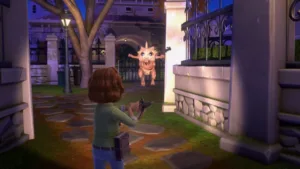
Stealth and Threat Encounters
Not all threats can be confronted head-on. Certain monsters and supernatural entities require stealth. Sloane can crouch, hide behind furniture, slip into shadows, or hide inside containers. The AI is predictable, allowing players to study patterns and time their movements. While the stealth adds tension, it’s not punishing — the game prioritizes accessibility over challenge, which keeps the experience suitable for younger audiences.
For situations where hiding isn’t enough, the slingshot provides a means of distraction or offense. You can use it to divert enemies or take down smaller threats. Its mechanics are simple, reliable, and never frustrating, further ensuring that the game remains light-hearted and approachable.
Stealth and movement are deliberately paced. While this creates suspense in certain sections, early sequences can feel slow, particularly during backtracking. Thankfully, as the game progresses, new shortcuts and map expansions alleviate some of the slower moments, balancing pacing across the adventure.
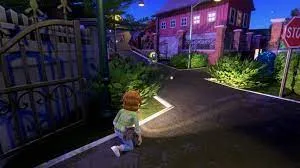
Visuals and Atmosphere
Goosebumps: Terror in Little Creek opts for a stylized, cartoonish aesthetic. It doesn’t aim for photorealism, but the environments are distinct enough to navigate comfortably. Landmarks like abandoned theaters, eerie libraries, and shadowy alleyways give the town character, while fog and lighting effects enhance the spooky mood.
Though many areas share visual similarities, the design does a good job of creating tension without overwhelming players. Shadows, flickering lamps, and environmental cues signal danger and maintain suspense. The visual design works well for a younger audience while still delivering the eerie charm expected from a Goosebumps game.
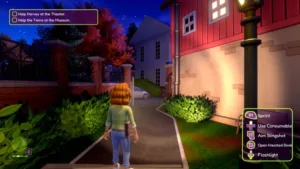
Sound and Music
Sound design is a standout feature. Ambient noises, distant footsteps, creaks, and subtle whispers all contribute to the atmosphere, keeping players alert even in quiet corridors. Music is used sparingly, often giving way to silence punctuated by environmental sounds. This audio strategy reinforces suspense and keeps the player engaged without being overbearing.
Voice acting is clear and serviceable, and dialogue flows naturally without detracting from exploration or puzzle-solving. The combination of audio cues and environmental storytelling ensures that the game’s mood remains consistent throughout.

Replayability and Structure
Replayability comes primarily from the game’s multiple endings. Choices made during exploration and puzzle-solving influence outcomes, encouraging players to return and see different results. While the core gameplay loop doesn’t change dramatically, the small variations in endings provide incentive to explore thoroughly and experiment with decisions.
The game’s structure is deliberate. Early areas guide the player gently, introducing mechanics like exploration, puzzle-solving, and stealth. As progression continues, the complexity increases slightly, but the challenge remains moderate, keeping the title accessible while maintaining engagement.
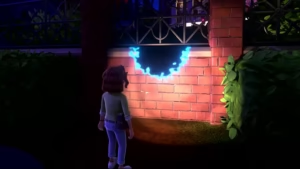
Verdict
On Xbox, Goosebumps: Terror in Little Creek is a charming, mild horror adventure. It strikes a balance between tension and accessibility, making it suitable for younger audiences or casual players seeking light spookiness rather than intense scares.
The game’s real strength lies in atmosphere, exploration, and puzzle-solving. Sound design and environmental storytelling create moments of suspense, while puzzles and secrets keep players engaged. However, repetition in locations, predictable stealth, and a lighter narrative may leave seasoned horror fans wanting more.
For those looking for a spooky yet gentle adventure on Xbox, Goosebumps: Terror in Little Creek delivers. It’s not a revolutionary title, but it’s a well-crafted, enjoyable experience that captures the essence of Goosebumps — curiosity, mild chills, and playful suspense.
Overall
-
CX Score - 70%70%
Summary
Pros
-
Accessible and kid-friendly horror
-
Balanced gameplay: exploration, puzzles, stealth
-
Atmospheric sound design
-
Gradual world expansion and hidden secrets
-
Multiple endings encourage replay
Cons
-
Visuals are simple and occasionally repetitive
-
Early pacing can feel slow
-
Stealth is forgiving, reducing tension
-
Some puzzles are vague or unintuitive
-
Limited narrative and character depth

